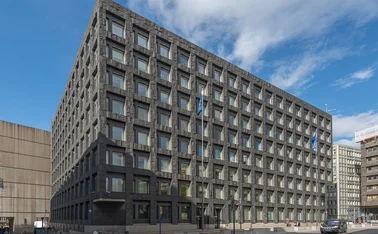
Different economies need different types of structural reform, IMF paper finds
Grouping reforms in ‘waves’ can sometimes bring benefits

The kind of structural reform a country should prioritise depends on its level of economic development, according to a paper published today (November 9) by the International Monetary Fund.
The policy paper is an attempt to give the fund more of a "strategic and analytically sound" approach to structural reforms and "effectively support the range of macro-structural needs" across all IMF member countries, the authors say.
The paper analyses the impact on total factor productivity (TFP) of a
Only users who have a paid subscription or are part of a corporate subscription are able to print or copy content.
To access these options, along with all other subscription benefits, please contact info@centralbanking.com or view our subscription options here: subscriptions.centralbanking.com/subscribe
You are currently unable to print this content. Please contact info@centralbanking.com to find out more.
You are currently unable to copy this content. Please contact info@centralbanking.com to find out more.
Copyright Infopro Digital Limited. All rights reserved.
As outlined in our terms and conditions, https://www.infopro-digital.com/terms-and-conditions/subscriptions/ (point 2.4), printing is limited to a single copy.
If you would like to purchase additional rights please email info@centralbanking.com test test test
Copyright Infopro Digital Limited. All rights reserved.
You may share this content using our article tools. As outlined in our terms and conditions, https://www.infopro-digital.com/terms-and-conditions/subscriptions/ (clause 2.4), an Authorised User may only make one copy of the materials for their own personal use. You must also comply with the restrictions in clause 2.5.
If you would like to purchase additional rights please email info@centralbanking.com test test test






